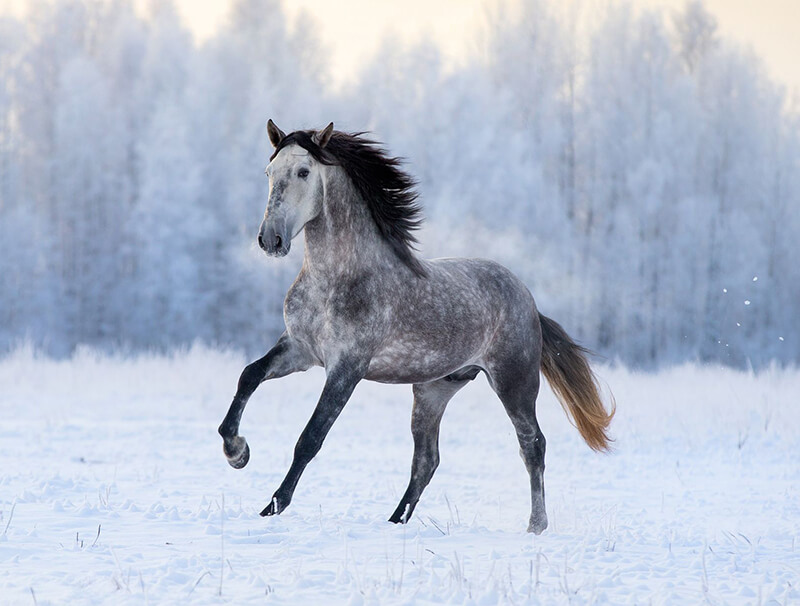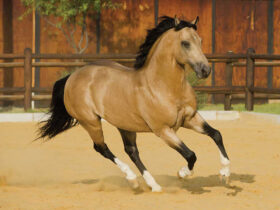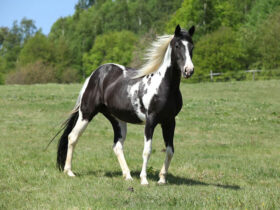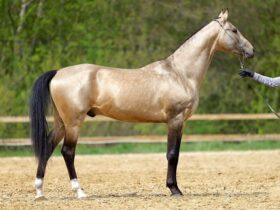The magnificent Andalusian horse, also known as the Pure Spanish Horse, has a rich history and an unmistakable presence. With its striking appearance and impressive characteristics, the Andalusian horse has captured the hearts of equestrian enthusiasts around the world.
Andalusian Horse Characteristics
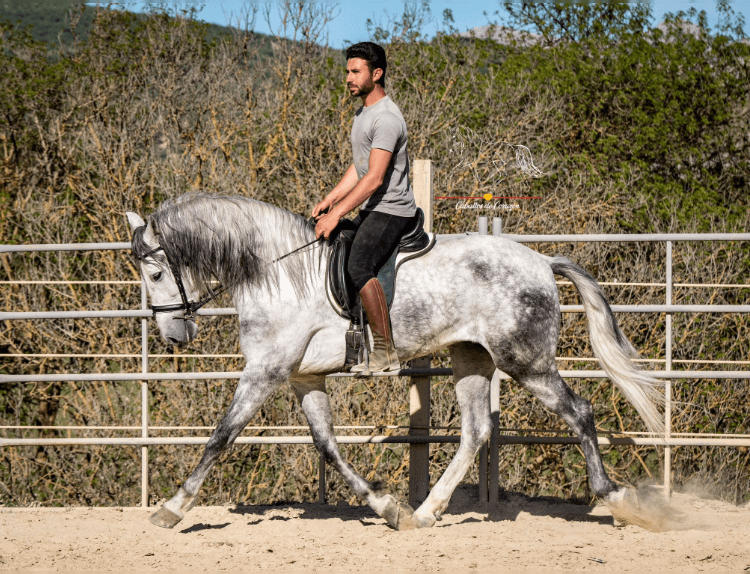
The Andalusian horse boasts an elegant and regal appearance, characterized by its well-proportioned body and strong build. One of its most defining features is its arched neck, which adds to its grace and allure. With a height ranging from 15 to 16.2 hands, these horses possess a unique blend of power and beauty. Their expressive eyes and short, dense mane further contribute to their captivating appearance.
Temperament
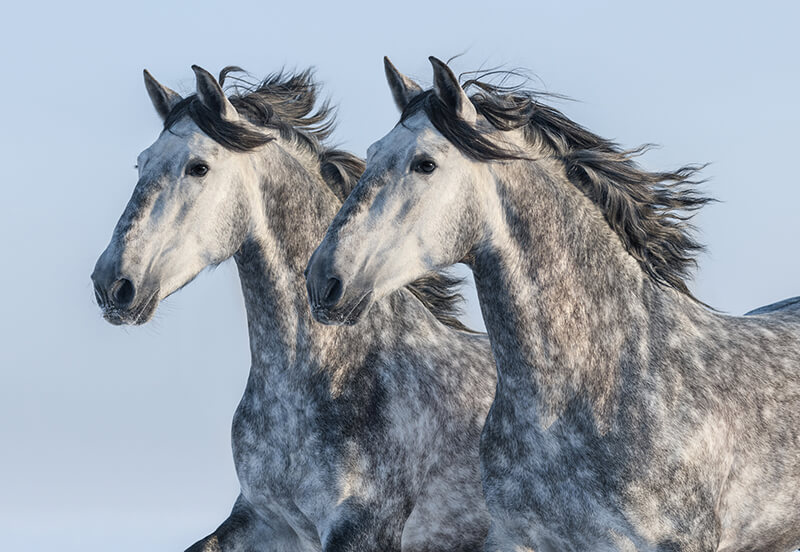
Renowned for their gentle temperament and intelligence, Andalusian horses are often favored for their versatility. They possess a natural willingness to please their handlers, making them suitable for various equestrian disciplines. Their loyalty and sensitivity make them excellent companions, forming deep bonds with their riders.
Size & Weight
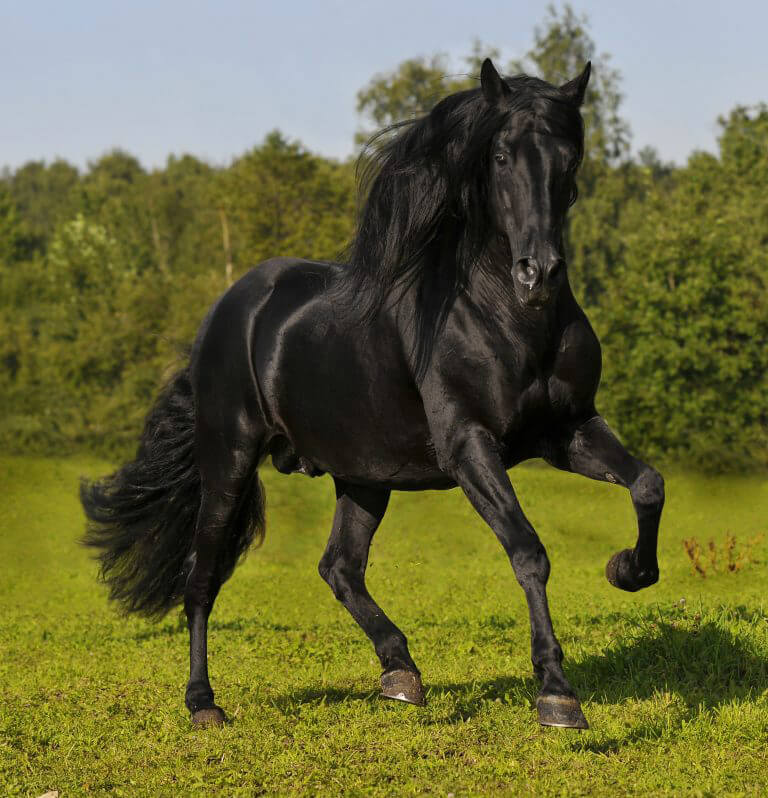
Andalusians are of medium build, showcasing strength without sacrificing agility. The Andalusian horse typically stands at a height ranging from approximately 1.52 to 1.57 meters (15 to 16.2 hands). They typically weigh between 1,000 to 1,200 pounds, allowing them to carry riders with ease. Their sturdy yet graceful physique makes them well-suited for both dressage and traditional riding styles.
Colors of the Andalusian
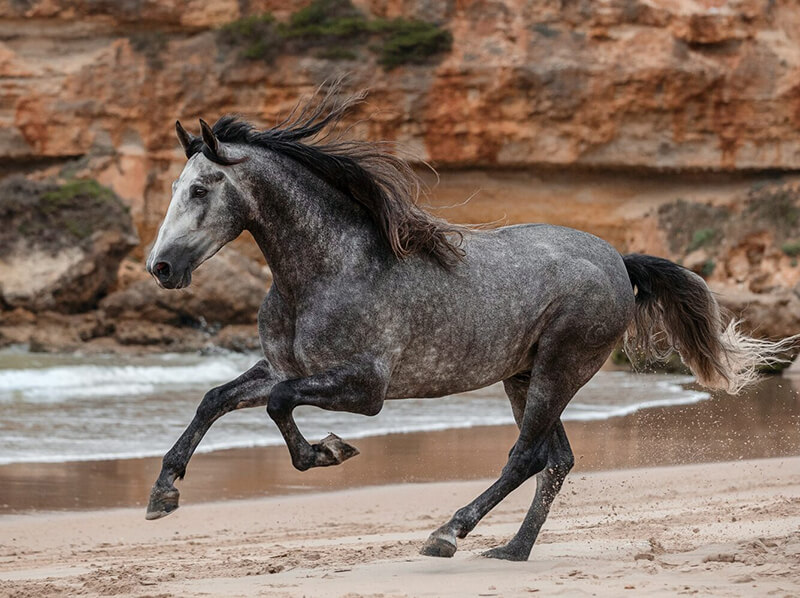
These splendid horses are often associated with their striking gray coat color. However, Andalusians can also come in shades of bay, black, and even chestnut. The classic gray coat undergoes a fascinating transformation, starting with a dark hue and gradually lightening over time, creating a breathtaking spectacle.
Lifespan
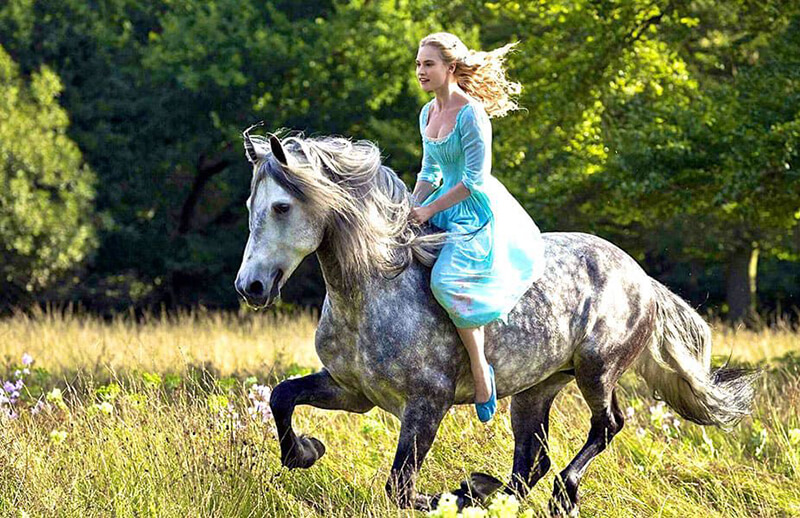
Andalusian horses typically enjoy a lifespan of around 20 to 28 years. This extended life allows them to form lasting bonds with their owners and take part in various equestrian endeavors throughout the years.
Ideal Owners
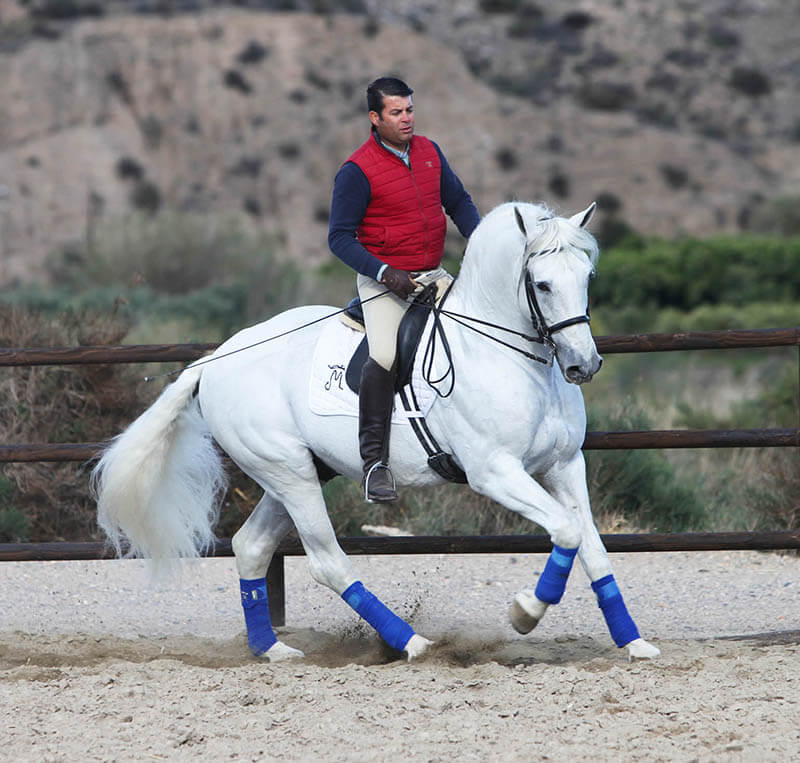
Andalusians are a great choice for individuals seeking a loyal equine partner. Their adaptability makes them suitable for both novice and experienced riders. Whether you’re interested in dressage, show jumping, or leisurely trail riding, the Andalusian’s versatility ensures a fulfilling experience.
History
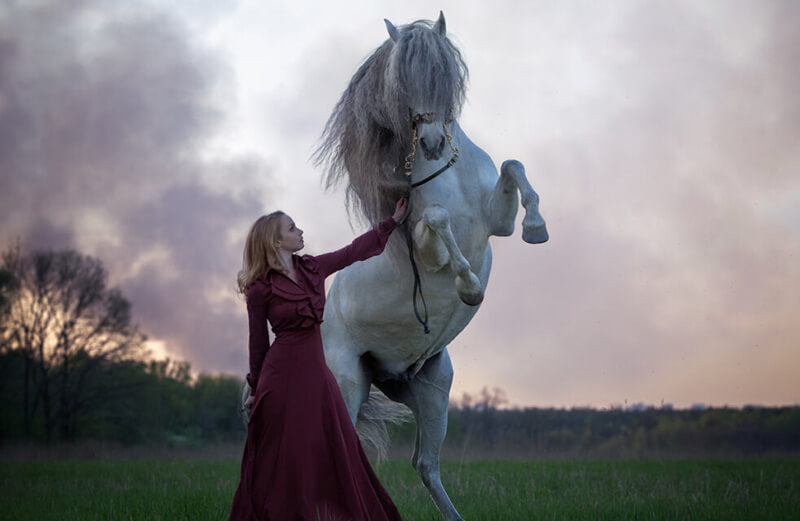
Originating from the Iberian Peninsula, the Andalusian horse has a history that spans centuries. Revered for their grace and strength, they were favored by royalty and nobility throughout history. From medieval battles to classical dressage, the Andalusian’s prowess has left an indelible mark on the world of equestrianism.
Fascinating Facts about Andalusians
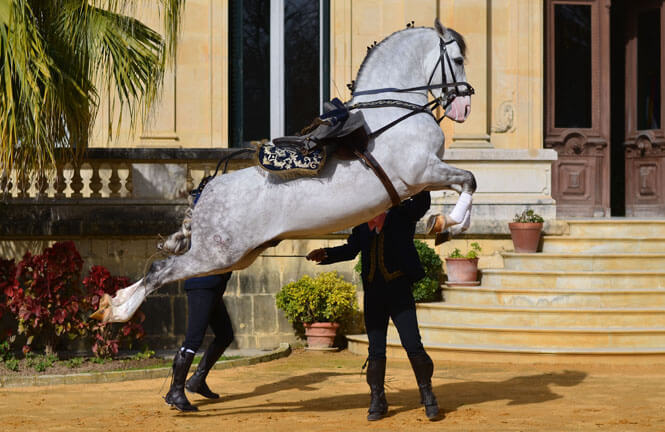
- Historical Heritage: With roots tracing back to ancient times, the Andalusian horse carries a legacy intertwined with nobility, battles, and royal courts. Their enduring presence in history books showcases their timeless allure.
- Iridescent Coat Colors: While gray is the iconic coat color, Andalusians also exhibit hues of bay, black, and chestnut. The most enchanting feature? The gray coat’s magical transformation, starting dark and maturing into a gleaming, luminous shade over time. This characteristic is reminiscent of the Akhal-Teke Horse Breed.
- Versatility in Disciplines: Andalusians excel in an array of equestrian disciplines, from classical dressage to theatrical performances. Their agility, coupled with a keen mind, positions them as adept partners for riders of all skill levels.
- Equine Artistry: Renowned for their ability to perform intricate and mesmerizing maneuvers, Andalusians have left an indelible mark on classical horsemanship. Their movements appear almost choreographed, embodying the harmony between horse and rider.
- Influence on Breeds: The influence of Andalusian bloodlines can be found in many modern horse breeds. From the elegance of the Lipizzaner to the power of the Azteca, Andalusian genetics have contributed to a diverse equine family.
